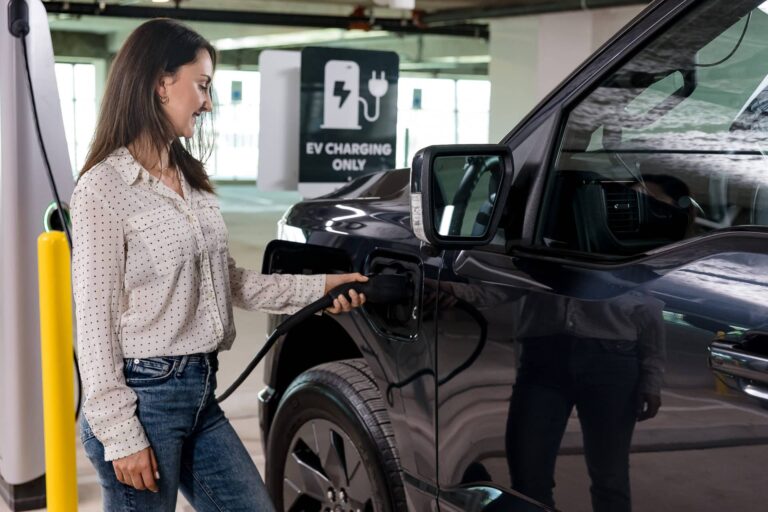Transportation Analyst Vartan Badalian for GreenBiz sat down with FLASH CEO Dan Sharplin to discuss his electrification vision for today’s parking assets.
BELOW is an executive snapshot; CLICK HERE to read the full article.
Electrifying the parking lots of the future
Flash’s vision for parking involves reservable, reliable and easy-to-use EV charging stations.
- The problem: Among the sea of various EV charging business models, ensuring a great customer experience is a challenge.
- A solution: Flash is hedging its bets on offering a reservable EV charging experience, leveraging its years of backend software expertise in parking operations to ensure a reliable and easy-to-use consumer charging session.
- My take: At the end of the day, drivers just need working EV charging stations — find a plug, charge their car and go on their way. If that core understanding is captured and executed well — whether it’s Flash’s business model or anyone else’s — then I am satisfied with it.
I’ve always been fascinated with parking lots. I know — who has ever said such a thing before?
Five percent of the United States is covered in parking lots. Out of the 3.5 million square miles across the U.S., that means 175,000 square miles are set aside for parking. That is massive — the U.S. has eight parking spaces for every car on the road, and yet we continue to hear certain cities have ongoing housing crises.
What fascinates me about parking, aside from its expansive presence across the U.S., is the potential for a positive impact in the transition to a fully electric transport future. I heard rumblings across the industry that Flash, an operating system technology company across the paid parking ecosystem, had a promising EV charging service and vision for the future to help electrify parking garages across the U.S.
So, I caught up with Dan Sharplin, chief executive officer of Flash, to learn about what the company is doing in the EV charging space.

